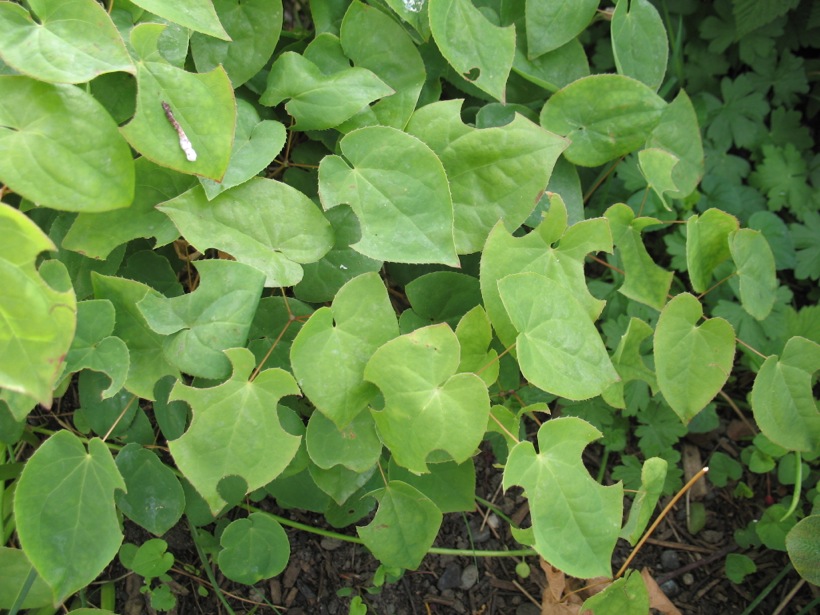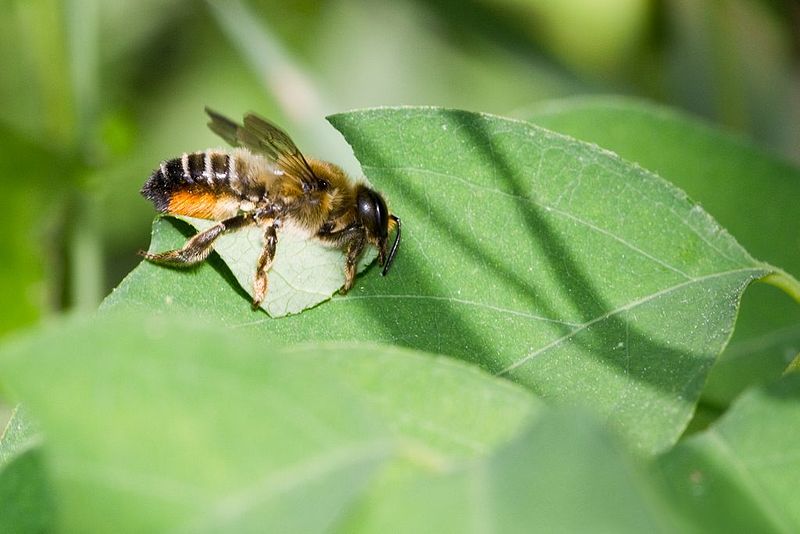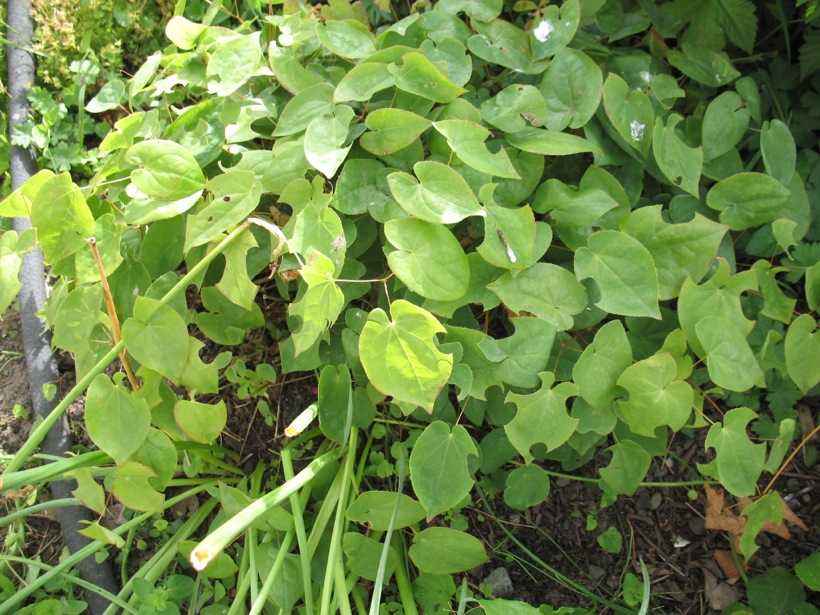submitted by Plantnut nerdus
written by Lloyd Eighme, retired entomologist Washington State University
You may have wondered what insect cuts such neat circles from the edges of
leaves on your rose bush. It makes the leaves look a bit ragged, but I hope you
will forgive the little leafcutter bees that do that because they are some of our best
pollinators. We need all of the insect pollinators we can get since honeybees are
not as abundant as they used to be. The leafcutter bees are in the same family
(Megachilidae) as the orchard mason bees that use mud for their nest, but we hear
a lot about the Orchard Mason bees, so we will skip them and take a look at the
other bees in their family.
Leafcutter bees are active from early spring to late summer, so their pollinating
activities are valuable to many different flowering plants, whereas the orchard
mason bees live only a few weeks in the spring, sometimes completing their work
even before all of the apple trees have bloomed. Our native leafcutter bees are
never very abundant. They do not live together in colonies. Each female must
search out a small hole or cavity in which to build a nest. I have seen them using
the unfilled holes in the nest blocks I put out for orchard mason bees. Some
people have complained about bees building their nests under and between
shingles on the house or in the grooves of the wood siding. A few of these nests
have been brought to the clinic and they are obviously the work of leafcutter
bees.
The female leafcutter bee uses her scissor-like mandibles (jaws) to cut nearly
perfect circles 1/4-1/2 inch in diameter out of the edge of a leaf. She pushes these
circles into the nest hole to form the end of a brood chamber. Then she cuts
oblong pieces of leaf that she rolls up like a short tube to form the walls. She
gathers pollen and nectar from blossoms and stores enough in the cell to feed one
larva that will hatch from the egg she lays there. Then she cuts more leaf circles to
close that chamber and serve as the bottom partition for the next chamber. She
will continue making leaf cells until the tube is filled. A three inch hole may have
six cells, each with one egg. After the larva is fully grown it spins a soft silk
cocoon in which to spend the winter as a pupa and emerges as an adult bee next
spring.
The alfalfa seed growers in eastern Washington learned many years ago that our
resident leaf cutter bees are much better pollinators of alfalfa blossoms than the
honeybees. They tried many ways to increase the bee populations such as drilling
holes in fence posts and barns until a bright (or lazy!) graduate student thought of
using drinking straws in nest boxes for the bees. The increase in production of
alfalfa seed per acre was phenomenal and you can still see nest boxes of straws in
the alfalfa fields at blossom time.
Some master gardeners have collected bees and brought them to me for the insect
collection and we have several kinds there for you to look at. I am sure there are
many more kinds in Skagit County that we do not have as yet. We need to
protect and encourage these valuable pollinators in every way we can. If you see
some of these little bees at work and can collect a specimen (do not take very
many!) bring them to me so we can discover what we have. Do not put bee
specimens in alcohol, just put them in the freezer to kill and preserve them. Once
we discern what kinds of leafcutter bees we have in Skagit County then we can
determine what flowers they are pollinating and hopefully find ways to help them
increase their population.




